Rediscovering Hong Kong Cinema: 10 Underrated Gems That Defined an Era
The 1990s undoubtedly represent a golden age for Hong Kong cinema, a vibrant period where creativity flourished and storytelling knew no bounds. Featuring indelible performances from legends such as Andy Lau, Anita Mui, and Alan Tam, these films traversed a spectacular array of genres – from whimsical fantasy and high-octane action to gripping crime thrillers and soulful wuxia epics. Revisiting these cinematic treasures today solidifies the belief held by many that music and film were the quintessential art forms of that decade. Beyond mere nostalgia, the sheer richness and diversity of the content stand testament to an incredibly fertile creative ecosystem. It becomes abundantly clear that the pinnacle of Hong Kong cinema wasn’t built solely on a handful of widely celebrated blockbusters, but rather on a deep well of innovation and artistic bravery that allowed countless unique narratives to emerge.
Today, we embark on a journey to explore 10 of these “lesser-known” Hong Kong films – movies that, while perhaps not always topping box office charts globally, left an undeniable mark on local audiences and contributed significantly to the industry’s legacy. How many of these cinematic wonders were cherished favorites from your own childhood, or how many will you discover anew today?
1. The Ten Brothers (1995)
Delving into pure, unadulterated fantasy, The Ten Brothers is a delightful romp that truly embodies the imaginative spirit of Hong Kong cinema. The narrative centers on Chen Da-xia (Kenny Bee), a spendthrift who gambles away his entire inheritance, tragically leading to his father’s demise. Left with only a small plot of land alongside his wife (Sharla Cheung), their fortunes take an unexpected turn when they accidentally activate a “magic lamp” rosary. This mystical object grants them peculiar abilities: planting silver coins miraculously sprouts a money tree, and an even wilder twist occurs when swallowing the beads leads to MALE pregnancy, resulting in the birth of ten children, each endowed with a fantastical superpower. We’re introduced to Mighty Three with super strength, Rubber Four with incredible elasticity, and Flying Five who can soar through the skies. This audacious concept of a man getting pregnant stands out as a truly groundbreaking, gender-reversed scenario, predating films like Obstetrician by a full two decades!
Law Kar-ying, then 49, delivers a memorable, albeit bizarre, performance as “Tunneling Yat,” a character seen begging a 27-year-old Sharla Cheung for breast milk. This peculiar scene cleverly offers a subtle yet sharp satire on “infantile culture.” Interestingly, the props department went to great lengths to create oversized vegetables, including two-meter-long winter melons, which reportedly led to complaints from local farmers during filming due to their sheer magnitude. Behind the scenes, the unique superpowers of the ten brothers drew inspiration from a 1959 Cantonese film of the same name. However, director Lee Lik-chi infused the narrative with a distinctly “Hong Kong-style Mo Lei Tau” humor, a characteristic blend of absurdist comedy. High-Leg Seven’s signature move of kicking villains with his elongated legs was, surprisingly, inspired by Bruce Lee’s iconic dojo scene in Fist of Fury.
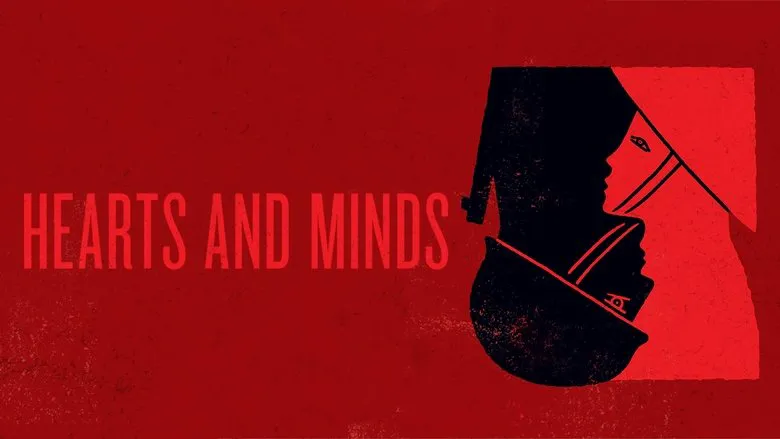
2. My Left Eye Sees Ghosts (2002)
Johnnie To, often celebrated for his hard-hitting crime thrillers, showcased a remarkably tender and poignant side with My Left Eye Sees Ghosts. The story follows Ho Lai-Chu (Sammi Cheng), who, after a traumatic accident, gains the extraordinary ability to see spirits. Through this new perception, she discovers the persistent apparition of Wang Jin-Wei (Lau Ching-Wan), her childhood friend, who has diligently watched over her for seven years. What initially appears to be a conventional ghost romance narrative cleverly unfolds with three surprising twists. Firstly, it is revealed that Lau’s character is not merely a childhood friend, but the soul of Lai-Chu’s deeply missed deceased husband. Secondly, their “seven-day romance” is actually a beautiful, extended flashback encapsulating the entirety of their seven-year marriage. Finally, a seemingly innocuous sticky note on an office partition, bearing the words “Sammi, remember to take your medicine,” serves as a masterful urban detail that, in retrospect, pieces together a heartbreaking maze of emotions dreamt up by To.
During the film’s memorable supermarket scene, Sammi Cheng famously improvised crushing 17 packs of instant noodles, and the director wisely chose to preserve her authentic, heavy breathing as the original sound. Lau Ching-Wan’s ghostly appearance was subtly inspired by the scholar in 1972’s The Ghost Story of Autumn Grave, but with one deliberate, eerie addition: “fluorescent green fingernails,” a subtle and unsettling hint at his time of death. Behind the scenes, Johnnie To went to great lengths to achieve realism, renting a real office building elevator and extensively modifying it to film the challenging “elevator weightlessness scene.” This elaborate production, however, reportedly led to numerous complaints from residents who believed the building had become “haunted.”
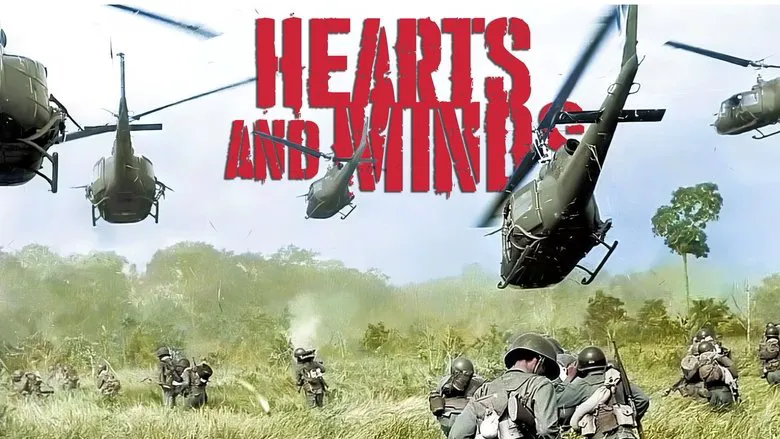
3. Bullet in the Head (1990)
John Woo’s Bullet in the Head stands as araw and brutal allegory of the Vietnam War, often regarded as an even more intense and heartbreaking exploration of brotherhood than films like Platoon. The narrative plunges into the gritty lives of three inseparable friends from Hong Kong – Ah B (Chow Yun-fat), Fai (Jacky Cheung), and Wing (Waise Lee) – who flee to Saigon in pursuit of gold amidst the chaos of war. Their journey takes a dark turn, transforming their unbreakable bond into one where they eventually point guns at each other. Jacky Cheung delivers one of cinema’s most unforgettable and utterly unhinged performances, including a chilling scene where he eats a live rat and later licks a gun barrel before “laughing with tears” after being shot. In a shocking display of dedication, Cheung actually swallowed a live loach (meticulously crafted from chocolate by the props team for safety), enduring 23 takes and suffering from acid reflux.
Woo, known for his insistence on authenticity, filmed the harrowing Vietnam War explosion scenes on location, remarkably blowing up three real tanks with the genuine support of the Taiwanese military. The iconic composition featuring the three brothers pointing guns at each other serves as a profound homage to Akira Kurosawa’s masterful Rashomon, while the symbolic image of falling US dollar bills powerfully encapsulates the “broken golden dream” that defined the Hong Kong immigration wave of that era. Behind the scenes, Chow Yun-fat’s distinctive “Afro” hairstyle was entirely his own design, serving as an immersive element to get into character, though it regrettably caused him to develop a heat rash during the demanding filming schedule.
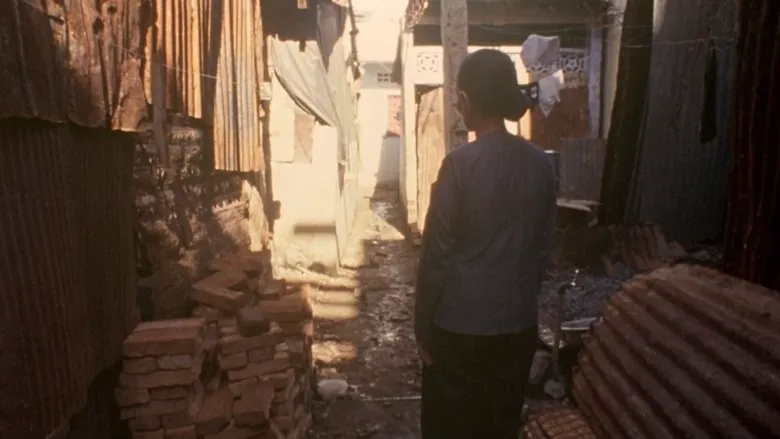
4. Office Haunted (2002)
Herman Yau’s Office Haunted is far more than a simple ghost story; it’s a terrifying, almost satirical guide to exorcising workplace demons, crafting a horrifying take on corporate survival that makes The Devil Wears Prada seem like a pleasant daydream. We follow Jordan Chan’s character, Ken, as he stumbles into a “seventh-month elevator taboo,” inadvertently trapping himself in a grim “nine-person death loop.” Karen Mok’s chilling portrayal of the “ghost boss” is ingeniously presented as a “former employee consumed by the workplace,” a spectral manifestation of burnout and corporate angst. Shu Qi’s seductive “elevator seduction” metaphorically embodies the relentless pressure of performance reviews and cutthroat office politics. The film is replete with potent urban allegories: a time clock that seemingly swallows fingers symbolizes the dehumanizing alienation of attendance tracking, a printer spitting out hell money eerily likens demanding KPIs to payments for the afterlife, and the ever-present ghosts in the conference room are the spectral embodiments of endless, pointless meetings.
The truly terrifying design of the “last stall in the bathroom” was drawn directly from director Yau’s own unsettling real-life experience – he once distinctly heard voices in a Tsuen Wan office bathroom, only to discover no one there. Francis Ng’s computer password, “ILOVEYOU,” is a clever, subtle homage to the infamous 1999 “Love Bug” virus, which marked Hong Kong’s first significant workplace virus incident. Behind the scenes, actress Law Lan’s gruesome “rotten face ghost” makeup was a painstaking five-hour process, meticulously created using Malaysian corpse wax and cow’s blood, a visual so terrifying that it reputedly caused a stagehand to quit during filming.
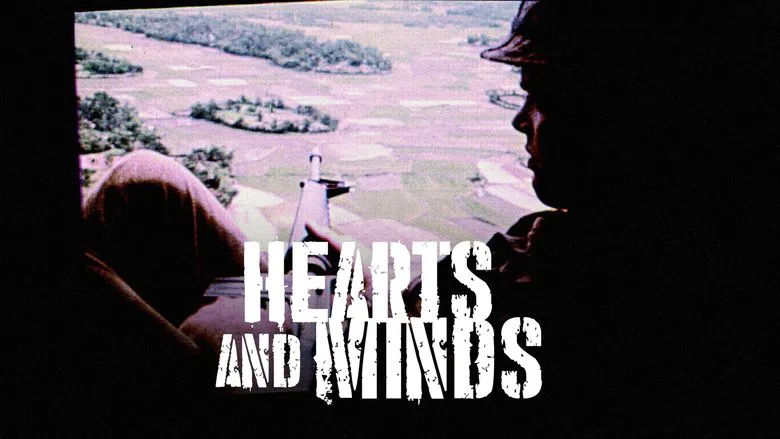
5. Mr. Vampire (1985)
Mr. Vampire is widely recognized as Lam Ching-ying’s seminal work, a foundational cornerstone in the Taoist priest subgenre of Hong Kong cinema and an Eastern fantasy IP that remarkably predates similar narratives like Candle in the Tomb. The film centers on the inimitable Uncle Nine (Lam), a stern but wise Taoist master, who, along with his bumbling yet loyal disciples, Man-choi (Ricky Hui) and Chau-sang (Chin Siu-ho), utilizes an array of traditional tools – “glutinous rice, ink lines, and yellow paper talismans” – to hunt down and incapacitate vampiric forces. The iconic “jumping vampire” design, a staple of jiangshi films, was ingeniously derived from the ancient practice of Xiangxi corpse driving, which involved bamboo sticks tied to the arms of reanimated corpses to make them appear to hop. While the fangs were inspired by Bram Stoker’s Dracula (specifically the 1931 film), Mr. Vampire uniquely crafted a distinctively Chinese solution for vanquishing these creatures: “stuffing glutinous rice and chicken blood into the mouth.”
Simon Yam’s electrifying cameo as the “Vampire King” was, surprisingly, initially cut by TVB due to its terrifying appearance, though the complete, unedited version can now be found on DVD. In the memorable scene where Man-choi is “seduced by a female ghost,” Ricky Hui famously improvised by adding a “cross-eyed” expression, which subsequently became a beloved and enduring comedic hallmark of his character. Behind the scenes, Lam Ching-ying’s commitment to authenticity was legendary; he famously insisted on performing his own stunts, eschewing a stunt double. This dedication led to a real injury incurred while filming the perilous “wooden sword stabbing vampire” scene, as the prop sword had been genuinely sharpened for realism.
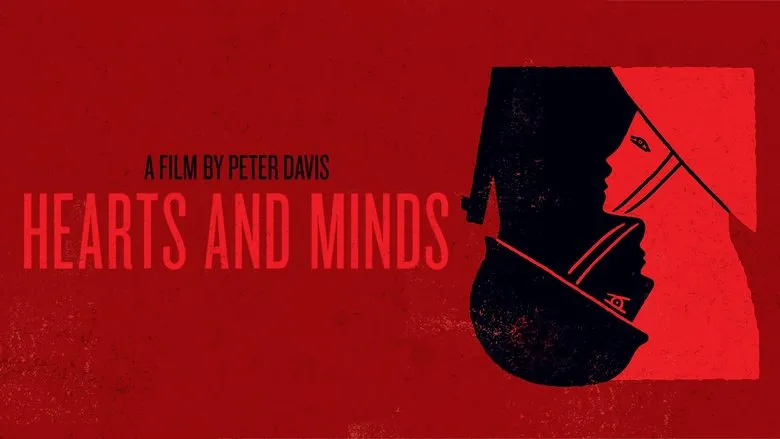
6. Riki-Oh: The Story of Ricky (1991)
Lam Nai-choi’s Riki-Oh: The Story of Ricky is not just a film; it’s a legendary cult violence bible, a more gratuitously bloody yet undeniably chivalrous epic than even the most intense prison dramas like Prison on Fire. The film revolves around Fan Siu-wong’s titular character, Ricky, who, drawing upon his mastery of “Iron Shirt” and “Golden Bell Cover” kung fu, systematically dismantles the brutal food chain within a dystopian prison, taking on the sadistic warden and his feared “Four Heavenly Kings.” Iconic, often stomach-churning scenes – such as strangling an opponent with their own intestines or human bodies being fed into meat grinders – were all filmed practically, relying on grotesque yet effective special effects. For instance, cow intestines soaked in sheep’s blood were used for the former, while pig skin and liver facilitated the chilling realism of the meat grinders. The director brilliantly employs the prison’s stark hierarchy as a biting satire on the pervasive collusion between police and gangsters that plagued 1990s Hong Kong; indeed, the warden’s character is reported to be based on the infamous “Four Great Sergeants” corruption case of the 1980s.
For the astonishing scene where Ricky “tears down the prison gate,” Fan Siu-wong underwent a rigorous three-month training regimen. During filming, he impressively managed to bend the steel bars, a feat made possible by the props team having specially constructed a detachable iron gate for the effect. The karate fight scenes featuring Japanese female prisoner Yukari Oshima skillfully blend elements of Bruce Lee’s Jeet Kune Do with ninjutsu, demonstrating a diverse martial arts influence. Adding to the visceral impact, the sound effects of powerful punches landing were genuinely sourced from real sounds recorded in a slaughterhouse. Behind the scenes, Ho Ka-Kui’s depiction of the “prison guard” character was so authentically brutal and unforgiving that the Hong Kong Correctional Services Department reportedly listed it as a “negative example” for use in psychological counseling with prisoners.

7. Swordsman (1990)
The production of Swordsman famously pitted the stylistic visions of two legendary directors, Tsui Hark and King Hu, against each other, ultimately culminating in one of the most intellectually rich and visually poetic wuxia films ever made. The story follows Sam Hui’s Linghu Chong and Yip Tong’s Yue Lingshan as they inadvertently become ensnared in the perilous conflict surrounding the coveted Sunflower Manual. While King Hu’s original vision reportedly constitutes only 17 shots in the existing theatrical version – notably the serene “bamboo forest chess game” and the poignant “qin and xiao duet” – these precise moments manage to craft the most sublimely poetic sequences in cinematic history. Tsui Hark’s reshot elements, particularly the portrayal of the formidable “Eastern Depot eunuch” (Lau Shun), skillfully employ the character’s androgynous nature to subtly allude to the corrupting and alienating effects of absolute power.
The iconic guqin melody of “A Laughter of the Sea” was an astounding improvisation by the legendary James Wong, who composed it in a mere 20 minutes. The lyrics, “The people laugh, no longer lonely,” were originally conceived as a satirical jab at the chaotic state of the music scene at the time. The deeply moving scene depicting the “qin and xiao burial” of Wu Ma (Liu Zhengfeng) and Lam (Qu Yang) proved ironically challenging to film; the two “zombie professionals,” known for their chilling portrayals, reportedly broke character and laughed 11 times during takes, making the final, profound tragic feeling almost entirely “accidental.” Behind the scenes, the acclaimed Jin Yong himself, author of The Smiling, Proud Wanderer (on which Swordsman is based), personally praised Yip Tong’s cross-dressing appearance, stating it was “even more chivalrous than the original character” from his novel.
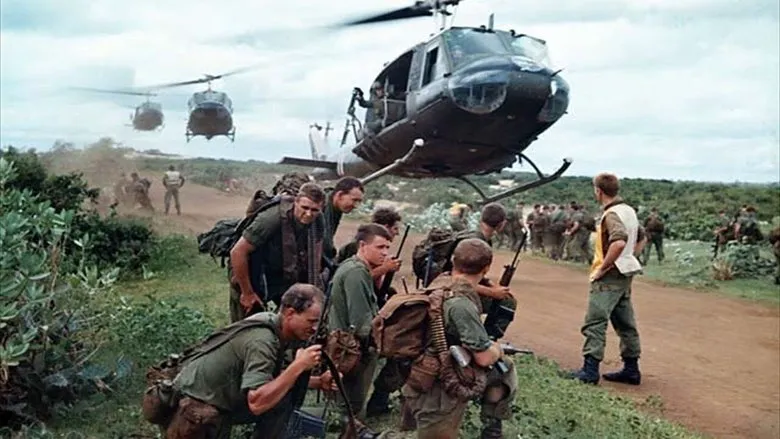
8. The Wesley’s Mysterious File (2002)
Based on the popular serialized novels by Ni Kuang, The Wesley’s Mysterious File is a flamboyant sci-fi prank that boldly delves into interspecies romance, establishing itself as a narrative exploration predating even The Three-Body Problem’s intricate alien themes. The film stars Andy Lau as Wesley, an adventurous expert in the paranormal, who finds himself entangled with Fong Tin-Yau (Rosamund Kwan), a blue-blooded alien whose species can procreate through “blood fusion.” The peculiar “blue moon blood” featured in the film serves as a clever homage to the 1987 version of The Legend of Wesley, while the monster’s appearance cunningly satirizes the Hong Kong music scene, with its tentacles bearing an uncanny resemblance to a certain Heavenly King’s distinctive hairstyle. A subtle and intriguing Easter egg within the original script suggests that Wesley’s insatiable “adventure addiction” is, in fact, Ni Kuang’s own playful self-description, a nod to his legendary daily output of “writing 20,000 words a day.”
Rosamund Kwan’s startling “blue blood suit” was ingeniously created using food coloring and collagen, requiring her to undergo meticulous reapplication of makeup every two hours during filming, which unfortunately triggered skin allergies. The alien monster’s unsettling “vomit” was concocted from a whimsical blend of coconut jelly and blueberry jam, with pig noises humorously added in post-production. The director, with characteristic levity, joked that “monsters also have digestive problems.” Behind the scenes, Shu Qi’s character, initially conceived as a compelling “female alien agent,” was ultimately changed to a human role due to censorship concerns; the complete, unfiltered setting is thankfully available in the existing Hong Kong version of the film.

9. Future Cops (1993)
Wong Jing’s Future Cops is an exuberant, chaotic pop culture hotpot, a grand, ambitious IP celebration that gleefully predates the meta-immersive worlds of films like Ready Player One. This wildly imaginative movie throws together an improbable, yet undeniably entertaining, cast featuring Dicky Cheung (as King Kong) alongside the legendary “Three Heavenly Kings” of Hong Kong cinema – Andy Lau, Jacky Cheung, and Aaron Kwok – complemented by the iconic Chingmy Yau as Chun-Li. The film is a glorious mishmash, drawing inspiration from beloved franchises like Doraemon, Street Fighter, and Dragon Ball. Aaron Kwok’s initial “Kyo Kusanagi” look for his character had to be hastily changed due to copyright disputes, resulting in the creation of his distinctive “self-created flame head,” a remarkable wig that weighed a hefty 4 kg. Jacky Cheung, in his “broom head” persona, spontaneously improvised the now-famous line “Eat shit, you,” a memorable if crude, tribute to his earlier work in As Tears Go By.
The bizarre superpowers of the “Flying Dragon Special Police” – including “Iron Face Freezing” and “Broom Head Electric Eye” – ingeniously corresponded to the distinct personas of the “Four Heavenly Kings” in the bustling 1990s Hong Kong music scene: Andy Lau’s suave coolness, Jacky Cheung’s wild energy, and Aaron Kwok’s vibrant intensity, all reflecting the cultural zeitgeist. Chingmy Yau’s iconic Chun-Li outfit, with its signature high-waisted pants and bun hair, became an incredibly popular fashion item that year, inspiring a cultural phenomenon where “Chun-Li” costumes reportedly accounted for a staggering 67% of all Hong Kong cosplay competitions. Behind the scenes, the “principal” Wu Yaohan’s memorable line, “I have a green dragon on my left and a white tiger on my right,” was originally an impromptu suggestion by Wu Ma during filming; it unexpectedly cemented itself in Hong Kong popular culture, even becoming an often-quoted triad code in films like Young and Dangerous.
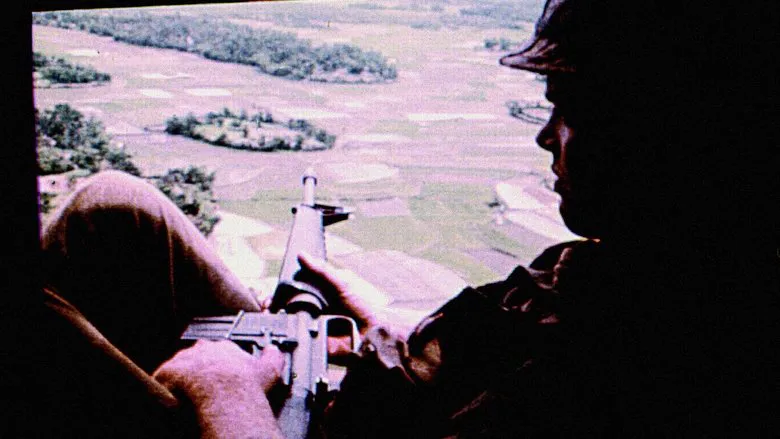
10. The Fortune Code (1990)
Sammo Hung’s The Fortune Code is a magnificent anti-Japanese fantasy, essentially an all-star, exhilarating version of The Great Escape steeped in Hong Kong humor and action. The film boasts an incredible ensemble cast including Andy Lau (as Cat), Anita Mui (as Colonel), Alan Tam (as Father), alongside 26 other superstars, all orchestrating a riotous “prison sports meet” within the grim confines of a concentration camp. In a brilliantly absurd sequence, a solemn “seppuku ceremony” at the Japanese headquarters is hilariously interrupted by a pigeon’s timely excrement. Even the setting of the “escape tunnel leading directly to the banquet hall” isn’t merely a gag; it’s Sammo Hung’s clever deconstruction and reimagining of the grand escape narratives found in films like The Great Escape.
Anita Mui delivers a standout performance, cross-dressing as a “female officer,” and her menswear look was so remarkably handsome that Japanese fans sometimes mistook her for a “new-style male star.” Demonstrating her immense support for Hung’s adventurous transformation of genre, she famously charged a symbolic HK$1 for her salary. Alan Tam’s portrayal of the “priest” character was perpetually challenged by his own amusement, resulting in 27 takes (or “NGs” – no good takes) due to uncontrollable laughter, particularly when witnessing Eric Tsang’s hilarious “fat prisoner” look; his final performance beautifully captured a paradoxical “laughing with tears.”
Behind the scenes, Law Kar-ying’s cameo as “Wang Jingwei” included the controversial line, “saving the country through a roundabout way,” which was an improvised addition. This line was ironically requested to be deleted by Taiwanese authorities prior to the film’s release, though the existing Hong Kong version impressively retains the complete clip. The formation of the “Asian Prisoner Alliance” (comprising China, Japan, Korea, and Southeast Asia) within the concentration camp subtly mirrors Hong Kong’s strategic positioning as an “Asian financial center” in the 1990s. The seemingly absurd action of “assassinating the Japanese commander” allegorically implies the enduring Hong Kong spirit, characterized by “little people changing history” through tenacity and wit. The props team’s ingenious creation of “chopstick throwing knives” and “spittoon bombs” brilliantly combined traditional martial arts weaponry with everyday, grassroots elements, culminating in a fresh, unconventional style of “anti-Japanese Mo Lei Tau” humor and action.
Hong Kong cinema is not merely a bygone era; it is a living legacy that continues to inspire and resonate. We are committed to its vibrant, enduring spirit, for it is not dead, and we, its devoted admirers, will not leave its side!